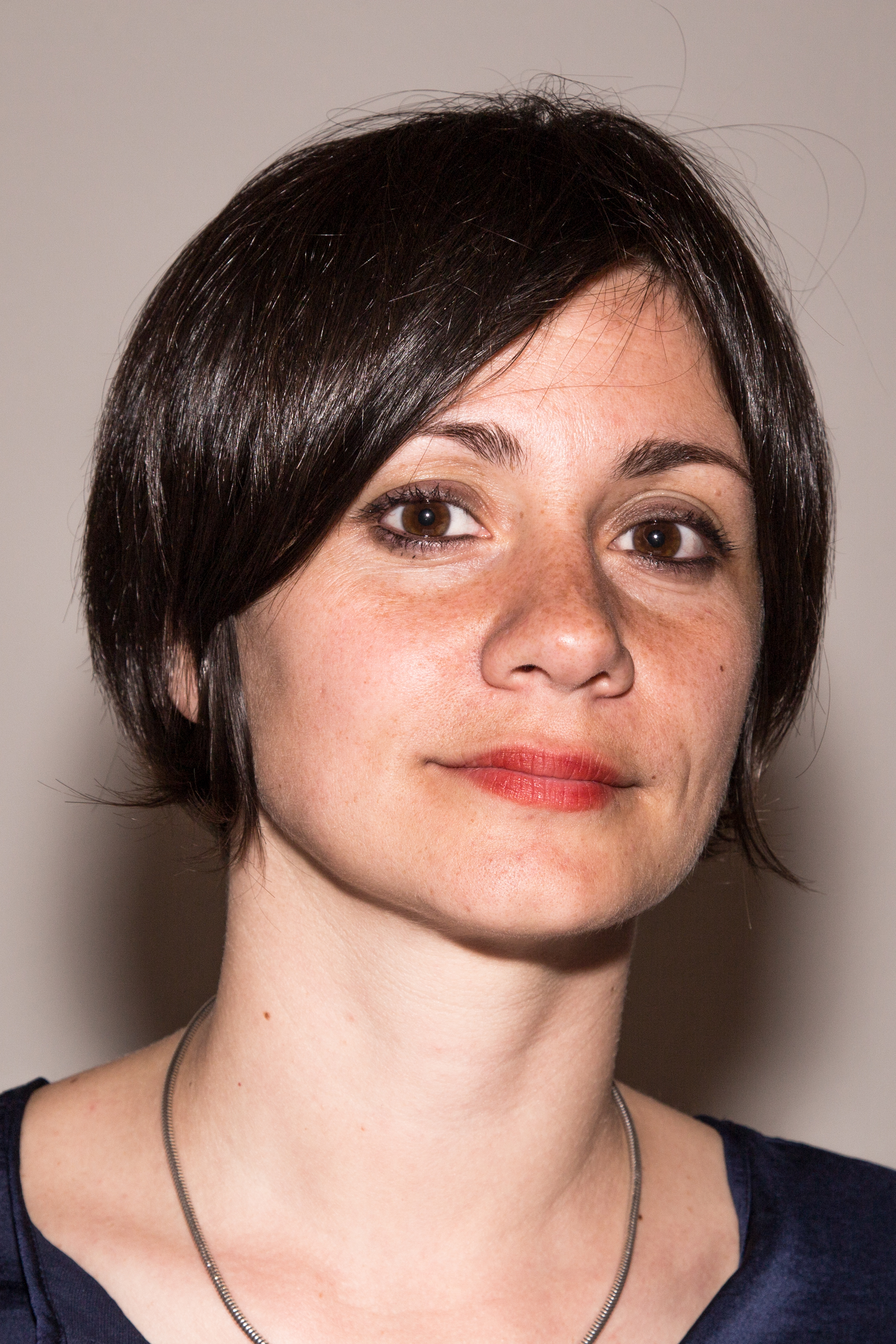For long time microglia have been considered quiescent cells, activated only in cases of infections or threats to the brain homeostasis. However, the literature over the past decades has literally revolutionized this view, introducing a new definition, ‘surveying microglia’ as opposed to ‘resting’, to pinpoint constantly active cells, continuously monitoring the brain parenchyma and the synaptic function. In particular, during early brain development, several studies have revealed a critical role for microglia as shapers of neural circuits, by providing trophic factors, and by remodeling and pruning synapses.
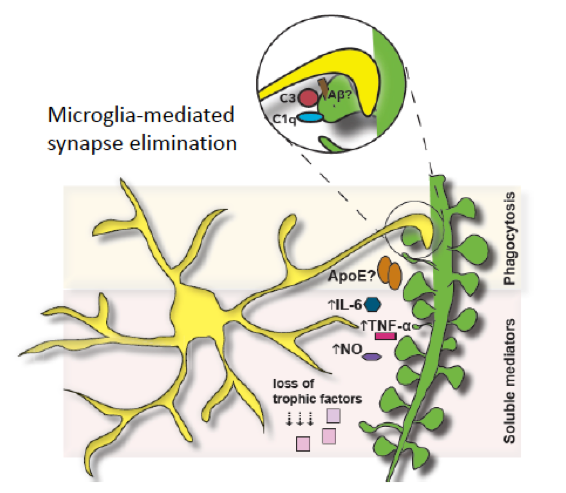
Schematic representation of the possible mechanisms mediating synapse loss by microglia. From Rajendran and Paolicelli, Journal of Neurosci 2018.
Interestingly, synapse loss is the major correlate of cognitive impairment in many neurodegenerative diseases. Recent literature suggests that microglia, which mediate synaptic pruning during brain development, can be responsible for synapse loss in neurodegeneration. Although the underlying mechanisms are poorly understood, growing evidence indicates that dysfunctional microglia affect synapses number and function in pathology. Genome-wide association studies reveal that the majority of risk genes associated with neurodegenerative disorders are highly expressed in microglia. However, while such studies clearly implicate these cells in the pathogenesis of the disease, little is still known about the causal mechanisms that link microglial risk variants to loss of synapses.

Background from left to right: Elsa Hoti, Kyllian Ginggen, Anne-Claire Compagnion, Alessandro Matera, Anastasija Milentijevic, Nathalie Stefanoni
Foreground from left to right: Fanny Martineau, Evangelina Christoforidi, Rosa Chiara Paolicelli, An Buckinx, Katia Monsorno
Rosa Chiara Paolicelli, Associate Professor
|
|
Rosa C. Paolicelli earned her bachelor of Medical Biotechnology at the University of Bologna, Italy, in 2006, and her MSc in Molecular Neuroscience at the University of Bristol, UK, in 2007. She graduated in 2011 with a PhD in Cellular and Molecular Biology, from the European Molecular Biology Laboratory (EMBL), where she investigated the role of microglia in refining neural circuits during development. After completing her PhD, Dr. Paolicelli worked as postdoc at the University of Zurich, Switzerland, in the Department of Systems and Cell Biology of Neurodegeneration (2012-2018). During this time, she studied the cellular and molecular mechanisms underlying microglia-mediated synapse loss in neurodegenerative diseases, by using a combination of in vitro and in vivo approaches. In 2018 Dr. Paolicelli got a position as Assistant Professor at the Department of Physiology, University of Lausanne, where she established her lab on microglia biology, focusing on the molecular mechanisms regulating microglia-synapse interaction in physiological and pathological contexts. She recently obtained an ERC starting grant to investigate the role of microglia in neurodegeneration. |
Katia Monsorno, Lab Manager
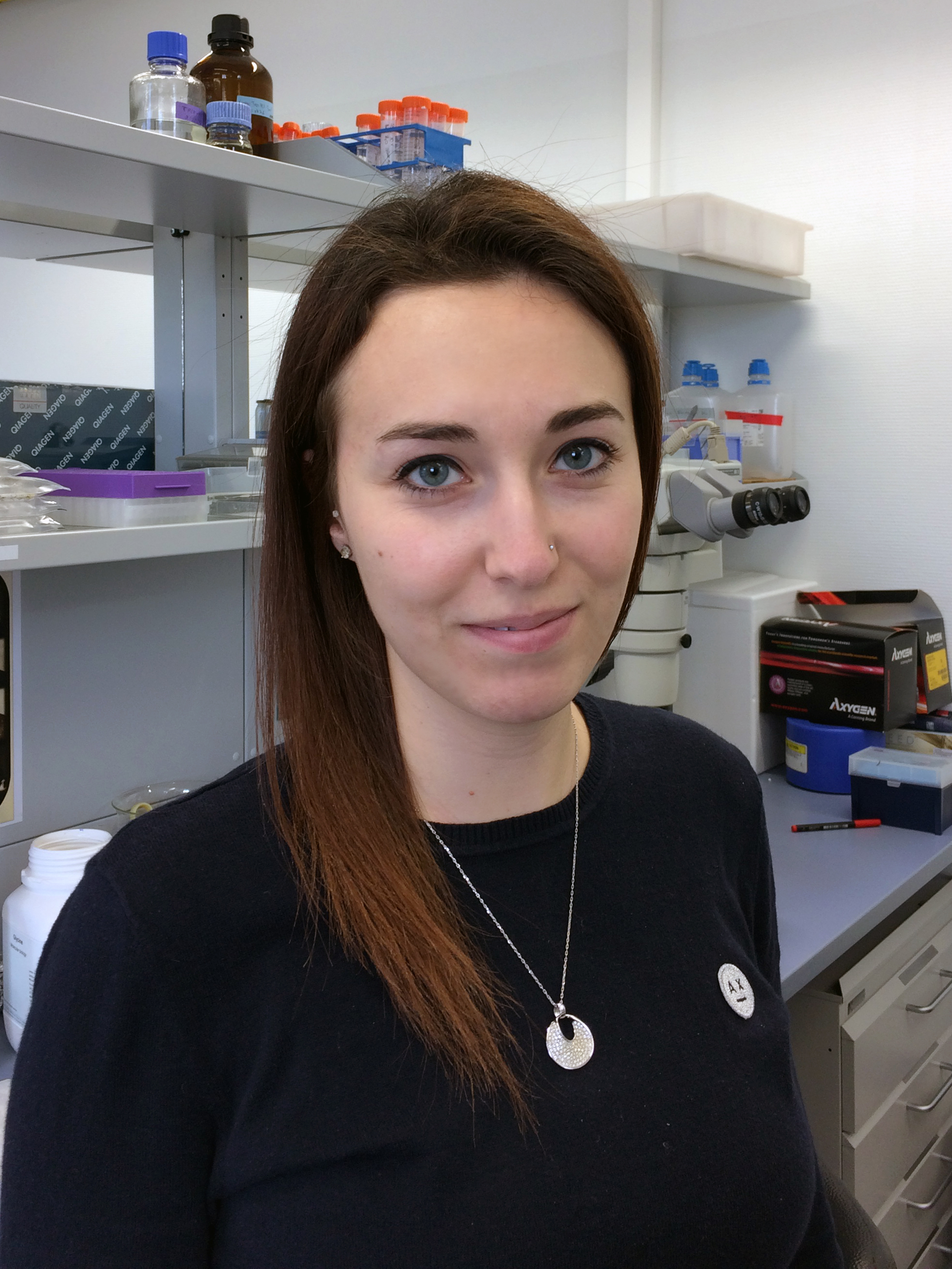 |
Katia obtained her Bachelor's and Master's degrees in Molecular Biology from the University of Trento (Italy), where she specialized in Neurobiology. Her scientific interests primarily lie in glial cell physiology and how their alterations could lead to the onset of neuropathology. During her Master's thesis, she worked to elucidate the effects of several inflammatory factors on astrocyte metabolism, as well as the roles played by microglia in establishing this regulation. She joined Rosa Chiara Paolicelli's group as a PhD student in 2019 to study the modulation exerted by lactate on microglia in the context of brain development. She has now completed her PhD and continues to work in the lab as a Lab Manager, providing organizational and technical support to other lab members while continuing to investigate the metabolic control of microglia. |
Gloria Colombo, Postdoc
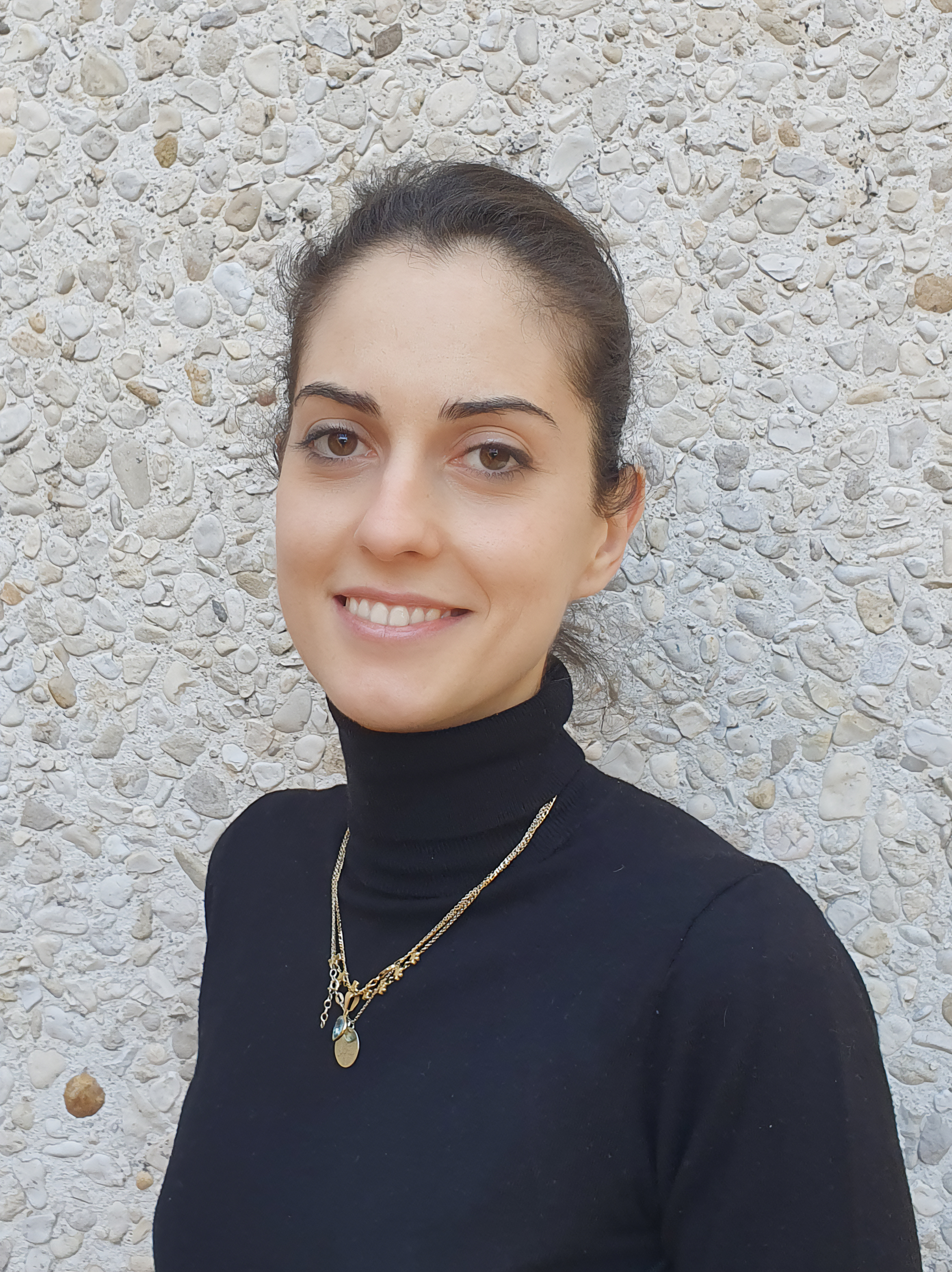 |
Gloria Colombo obtained a BSc in molecular biotechnology and a MSc in neurobiology at the University of Pavia, in Italy. In 2016, she joined the graduate school program at the institute of Science and Technology Austria (ISTA) and affiliated to Prof Siegert’s group. Her PhD project aimed at developing a new algorithm to analyze the impact of region and sex on microglial morphology in health and disease and to map microglial morphology from regions of interest. After obtaining her PhD, she started her postdoc in the Paolicelli’s group, where she works to dissect the contribution of microglial lactate metabolism in ischemic stroke. |
Anne-Claire Compagnion, Postdoc
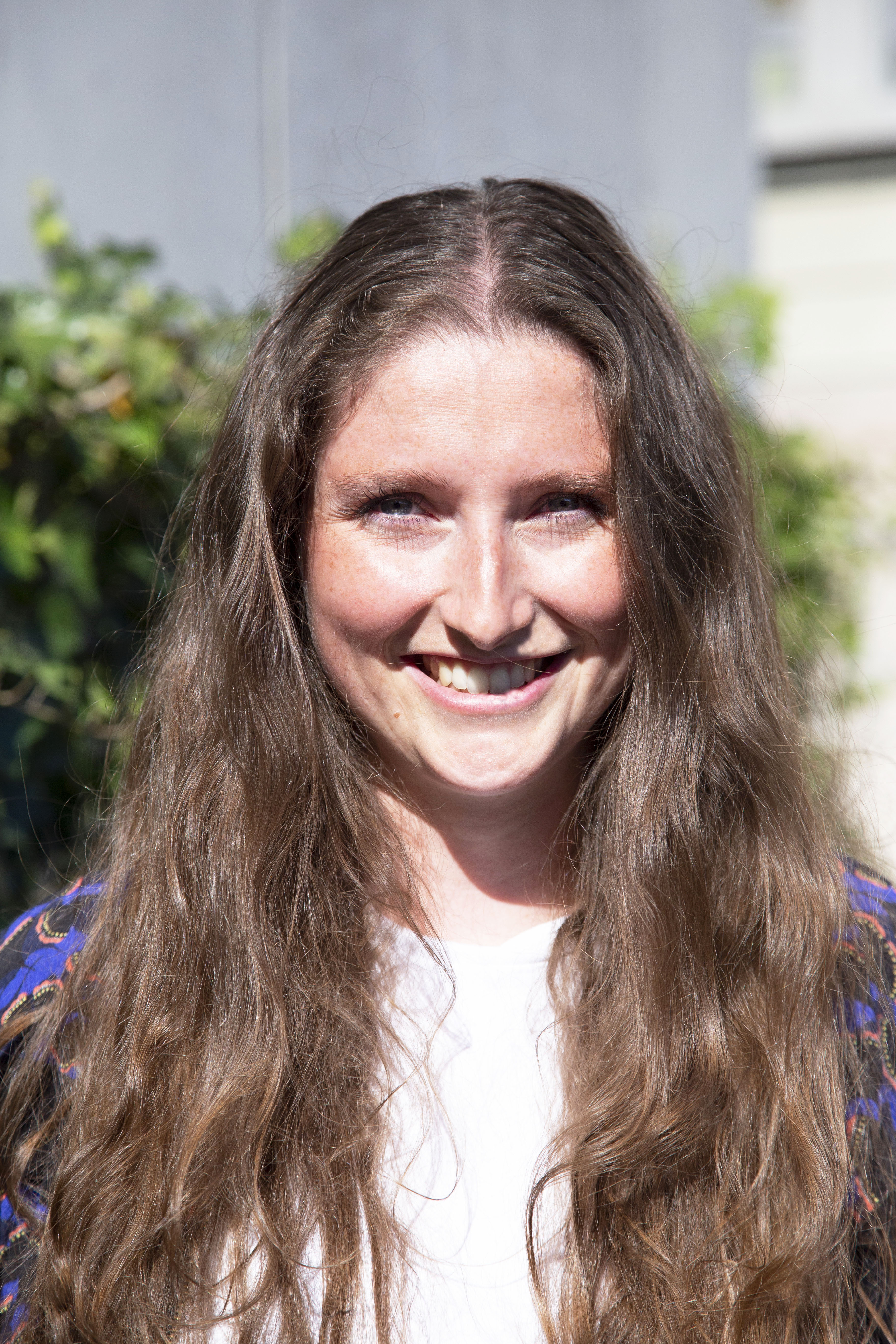 |
Anne-Claire followed her studies at Sorbonne University in Paris, France, where she obtained her bachelor in Life Sciences and her master degree in Neurosciences. In 2015, she joined the group of Dr.Tronche in the Institut de Biologie Paris-Seine, Sorbonne University where she started her PhD under the supervision of Dr. Vyas. For four years, she studied the differential impact of alpha-synuclein assemblies on microglial reactivity. She obtained her PhD in 2019, and stayed to study the involvement of transcription factors in social and addictive behavior. Since March 2021, she is a post-doctoral researcher in the Paolicelli’s group focusing her work on the molecular and cellular mechanisms of microglia-mediated synapse loss in neurodegeneration. |
Lea Dennaoui, Master student
 |
Lea Dennaoui obtained her Bachelor's degree in biology at the University of Lausanne. She pursued a Master in Medical Biology, with a specialization in neuroscience. She joined the group of Professor Paolicelli as a master’s student and will investigate the crosstalk between microglia and astrocytes in the early postnatal hippocampus |
Felipe Espinoza, Postdoc
 |
Felipe Espinoza followed his studies of Biochemist at the University of Concepcion, in Chile. During this period, he worked on tumor-associated macrophages using in vitro tumor models and, in parallel, on biotechnology projects involving the production of recombinant proteins for therapeutic applications in the group of Prof. Jorge Toledo. In 2020, he joined the group of Dr. Paul Walker at the University of Geneva, where he obtained his PhD in Biomedical Sciences. For four years, he studied the effects of targeting the hypoxia-inducible factor in the immune cells of the brain tumor microenvironment. During this time, he became interested in understanding the cellular and molecular mechanisms of the brain immune system. Since September 2024, he is a postdoctoral researcher in the Paolicelli’s group, focusing his work on unraveling the role of TDP-43 in microglial metabolism in neurodegeneration. |
Alberto Gómez Navarro, PhD student
 |
Alberto obtained his Bachelor's degree in Biochemistry and Molecular Biology from the University of Malaga, and his Master's degree in Neuroscience from the Complutense University of Madrid. For his Master's dissertation, he conducted research focused on evaluating the neuroprotective and anti-inflammatory effects of various psychedelic compounds for drug development targeting Parkinson's Disease. In December 2023, he was selected as an MSCA Early Stage Researcher within the Bio2Brain network at the European Laboratory for Non-Linear Spectroscopy (LENS) in Florence, Italy. Over the course of a one-year project, he worked on “Nose-to-Brain Delivery of Biopharmaceutics for the Therapy of Central Nervous System Diseases” under the supervision of Dr. Martino Calamai. During this time, he contributed to research aimed at elucidating LINGO-1 dynamics as a therapeutic target for Multiple Sclerosis and designing biocompatible drug delivery systems for sustained release. Following his scientific interests in microglial biology and neurodegeneration, he joined Rosa Chiara Paolicelli's group as a PhD student in 2025. |
Fanny Martineau, Postdoc
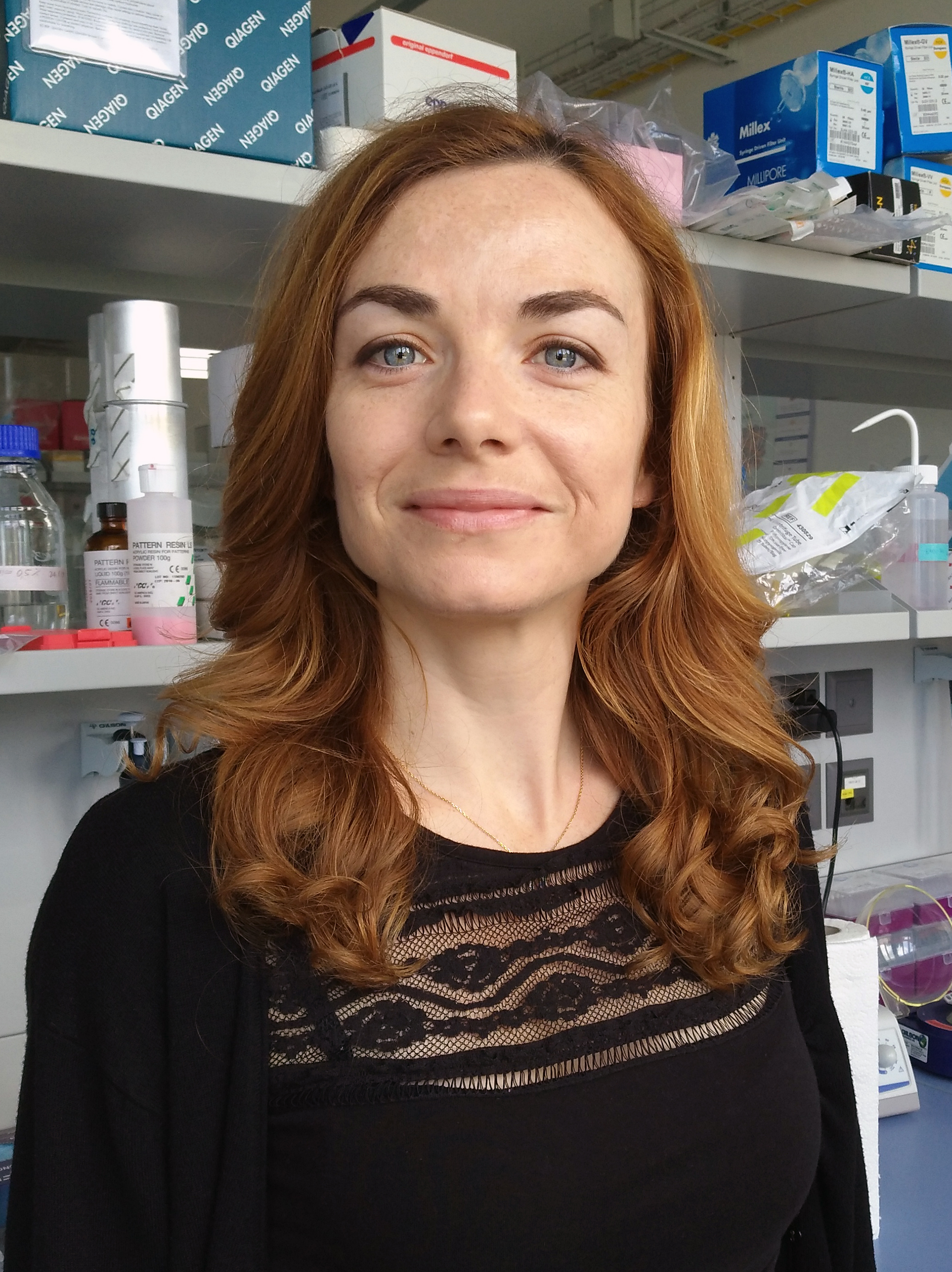 |
Fanny studied at Aix-Marseille University in France where she earned her bachelor in Biology and her master degree in Developmental Biology, Immunology and Neurobiology. In 2013, she joined Dr. A. Represa’s group at the Mediterranean Institute for Neurobiology (Marseille, France) to start her PhD in Neurosciences under the joint supervision of Dr. JB. Manent and F. Watrin. For four years, she investigated how laminar misplacement resulting from neuronal migration failure in the cortex influences neuronal maturation and overall rat behavior. She graduated in November 2017 and temporarily joined Dr. V. Crépel’s lab to work on pathological kainate synapses in the context of temporal lobe epilepsy. Fanny moved to Dr. R. C. Paolicelli’s lab in July 2019 to investigate the molecular mechanisms underlying microglia-mediated synapse loss in pathology. |
Alumni
- Alessandro Matera (2018-2023)
- Katia Monsorno (2019-2023)
- Kyllian Ginggen (2019-2024)
- Tom Cockram (2020)
- An Buckinx (2021-2022)
- Pierre-Hugues Prouvot Bouvier (2024)
- Nathalie Stefanoni (2018-2022)
- Evangelia Christoforidi (2021-2022)
- Filipe Teixeira (2024)
- Matilde Balbi, visiting PhD student (2019)
- Mélissa Longepierre, first step Master project (2020)
- Clarissa Catale, visiting PhD student (2020)
- Laurianne Ali, first step Master project (2021)
- Anastasija Milentijevic, Master thesis (2021)
- Anna Dreier, first step Master project (2022)
- Niccolò de Marzo, pre-doc (2022)
- Francesco Arioli, visiting PhD student (2022)
- Hannah Dulex, first step Master project (2023)
- Wembley Vilela, visiting PhD student (2023)
- Said Mir, Master thesis (2023)
- Lucy Bruguière, Bachelor student (2024)
- Grégoire Bena, Bachelor student (2024)
- Giulia Borgonovo, visiting PhD student (2024)
- Roberta Facchinetti, visiting postdoc (2024)
- Alessandro Gigliotti, first step Master project (2024)
- Elyn Amacker, first step Master project (2024)

